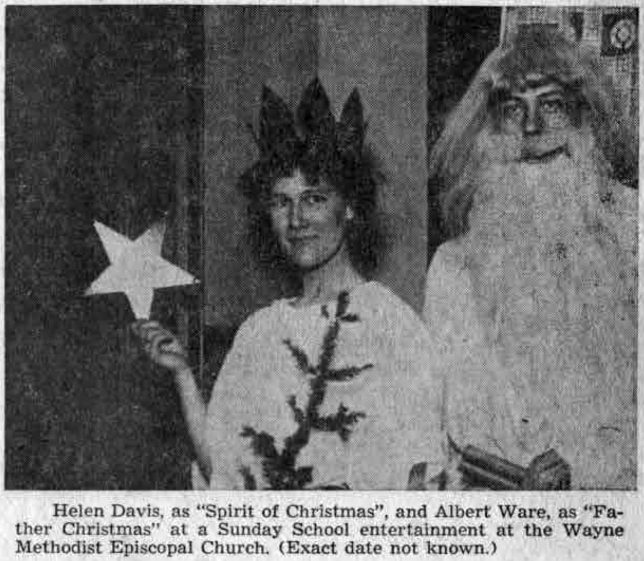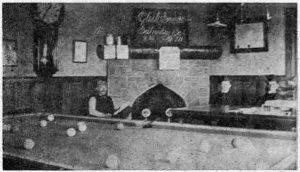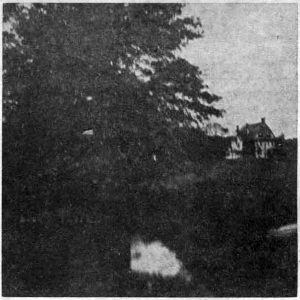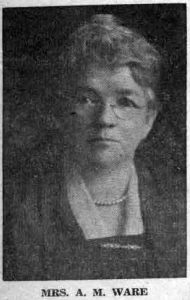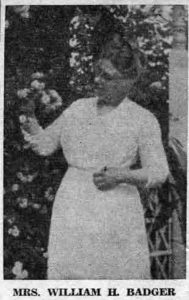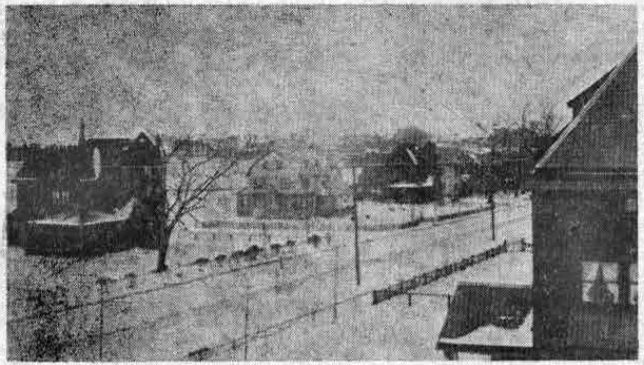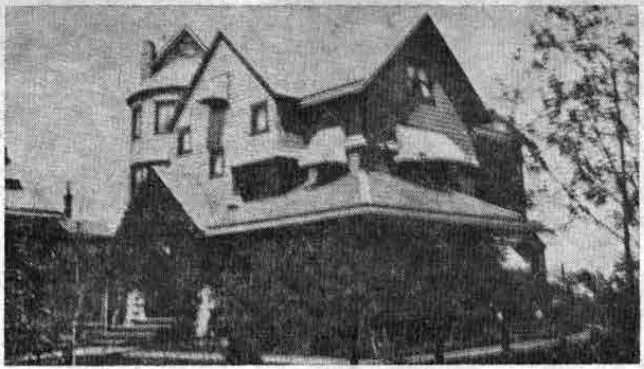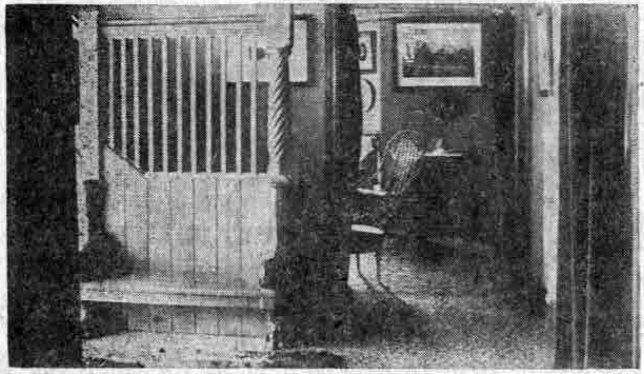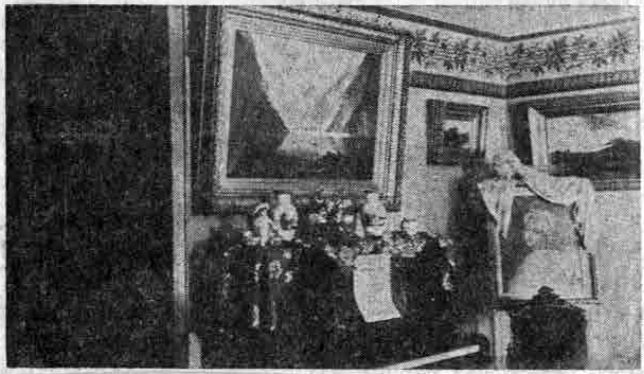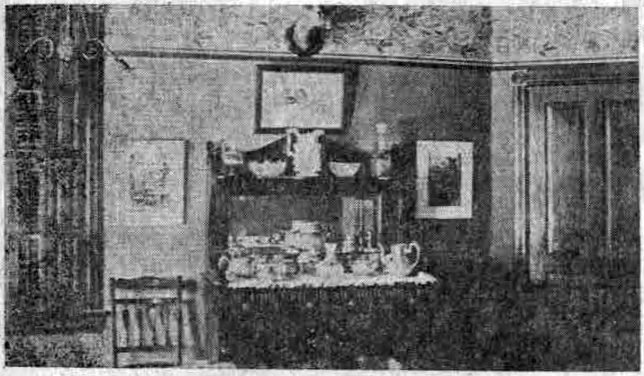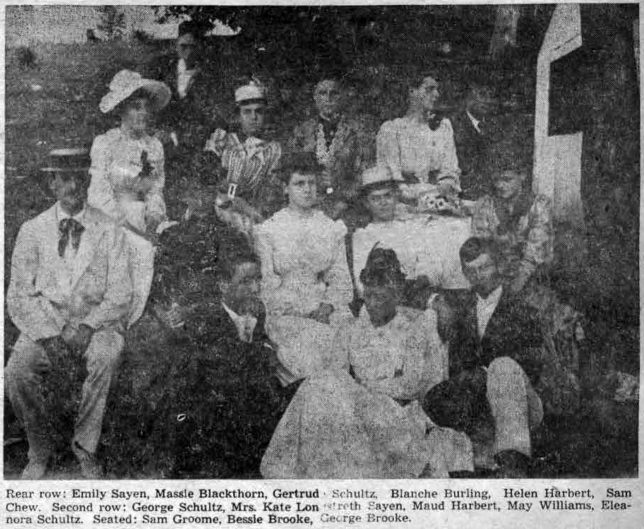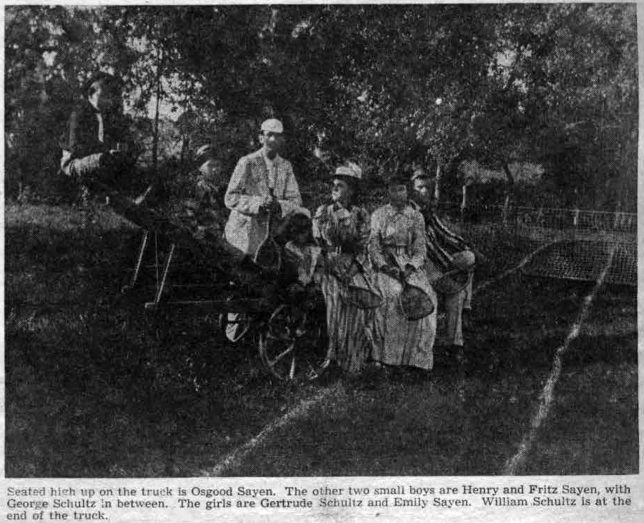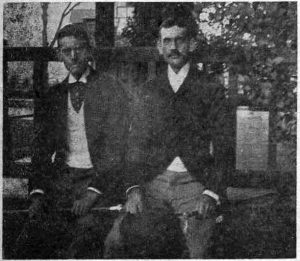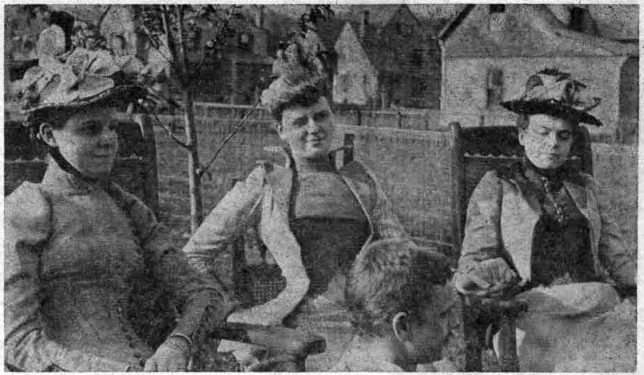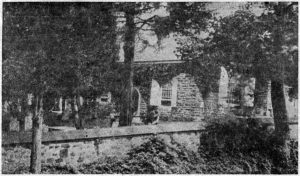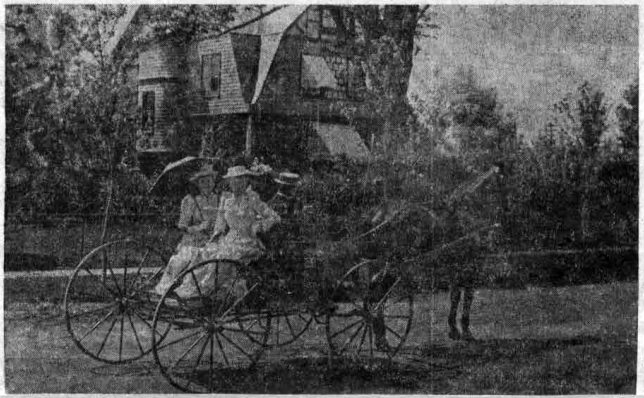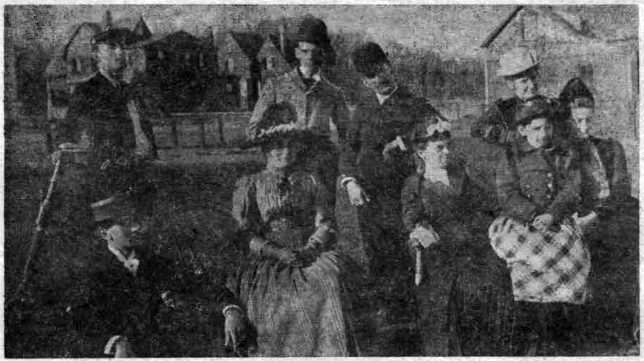In this, the concluding column on the history of the Wayne Methodist Church, we shall present a few highlights from its dedication down to the present day.
The lot on which the parsonage stands was a gift to the church from George W. Childs, as was the ground for the church itself. When some of the far-sighted members saw the advantage of owning the lot immediately adjacent to the church on the west for use when they should need it, A.M. Ware was delegated to contact Mr. Childs.
Another gift from Mr. Childs was a generous donation to the organ fund. Following his death early in 1894, a copy of the minutes enumerating these three gifts was sent to his widow.
However, it was not until 1909 that a parsonage was built on the lot to the right of the church. Most of the church’s first ministers, early in the 1900’s, were single men. When the Rev. L.A. Parcells was invited to the Wayne charge, it became necessary to provide a house for him since he was married. At a rent of $25 monthly – a concession to the church since the regular rent was $35 – a house at the corner of West Wayne avenue and Bloomingdale was obtained. Even this moderate rental was evidently a strain on the church’s finances, for the January minutes contain instructions to the Committee on Pastoral Relations “to use every means in their power to procure a single man for pastor for the coming year as the financial condition of the church at present was not such as to warrant the support of a married man as preacher.”
Fortunately for the pastor, however, the rent was paid by the church, since a minister in 1904 received $900 per annum, a raise of $100 over previous years. Many figures given in the old Minute Book of 50 years ago are amazing to us in 1953. The June 1892 entry in the book states that the building committee “was to have a fence around the property painted at a cost not exceeding five cents per foot.” The Wayne Steam Heat Company had a contract to heat the building for $150 yearly. And the Committee on Parsonage Property reported “employment of new janitor at a salary of eight dollars per month until spring and if satisfactory is given thereafter at ten dollars per month.”
The small organ originally used in the church was replaced a few years later by one built at a final cost of $2215.11. In 1936 the very beautiful organ now in use was given in memory of Richard J. Freeman by his wife and sons. By September 1893 the wagon sheds built at the back of the church were completed at a cost of $538.50. All of these expenses and many more kept the board of trustees of the church in a constant state of financial anxiety. But faithful to their trust they must have been, for in the records the same names appear over and over again – many those of men who had been charter members. Ever faithful, too, was the Ladies Aid Society, which apparently worked continuously in order to give help to the church in any financial emergency.
On June 30, 1907, the 17th anniversary of the church was celebrated both at the morning and evening services. A most attractive and well illustrated booklet marking the occasion has been preserved in the old Minute Book. Six months later on January 5, 1908, the ceremony of the burning of the mortgage took place. The ceremony was participated in by Mr. Thompson, the pastor, “assisted by President Brown of the Board of Trustees, together with Miss Maude Hayden of the Intermediate Department of the Sunday School… while the flame of the burning papers was dying out, the congregation joined heartily in the singing of the Long Meter Doxology.” And, best of all, the financial report showed that at the close of the conference year in February, 1908, there would be a comfortable balance in the bank.
In May, 1909, definite plans were made for building the parsonage “at a sum not to exceed $6000, not including furnishings.” Meanwhile, “the Ladies Committee was of the opinion that the Ladies Aid Society would consider favorably the proposition to raise the money necessary to furnish the parsonage, and to carry any interest that might accrue until the end of the conference year.” Two pictures in the yearbook dated February 28, 1910, show the completely furnished parsonage looking then just as it does today.
So much has transpired in the more than 60 years since the dream of early Wayne Methodists became a reality that it has been possible to touch upon only the highlights in this series of articles. In closing them, however, it is interesting to add that the church has recently acquired the Herbert L. Badger property just to the south of it for a Parish House. With constantly increasing Sunday School membership, provision for that branch of church work will be made in these newly acquired quarters.

